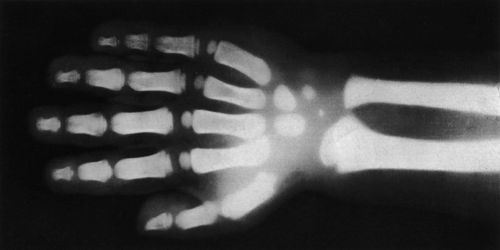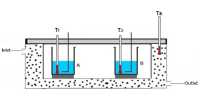X-rays or Röntgen rays are the revolutionary discovery of the nineteenth century. In 1985, famous German scientist Prof. W.K. Röntgen discovered these rays. While doing research with the discharge tube he observed that fluorescence was produced when cathode rays were incident on barium platino-cyanide sheet placed on the side of the tube.
Nature of X-rays: Different scientists have discovered the nature of X-rays or Rontgen rays by different experiments. X-rays consist of charged particles. These are electromagnetic waves hit a visible light. These waves are transverse waves and no longitudinal wave. Then wavelengths are much smaller than those of visible light.
Kinds of X-rays: X-rays are of two types:
(1) Soft X-rays and
(2) Hard X-rays.
Soft X-rays: If the pressure inside the gas tube is comparatively high. X-rays can be produced even for a low voltage. These X-rays are called soft X-rays. These rays have low penetrating power. In medical science, there are extensive uses of soft X-rays.
Hard X-rays: If the pressure inside the gas tube is low, a high voltage is needed to produce X-rays. These X-rays are called hard X-rays. Their penetrating power is very high. For the determination of the structure of materials and for other laboratory purposes hard X-rays are used.
Unit of X-rays: The unit which is used to measure X-ray radiation is called Rontgen. By one Röntgen we mean that amount of X-ray radiation which, at normal pressure and temperature, can produce 3.33 x 10-10 C charge at 1 x 10-10 m of air.














